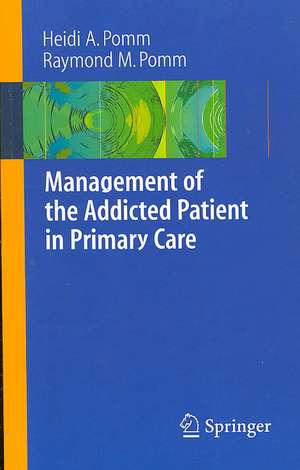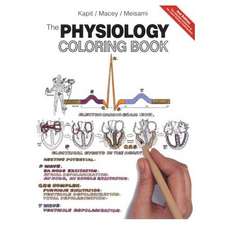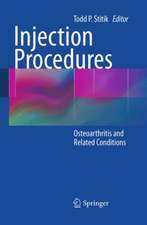Management of the Addicted Patient in Primary Care
Autor Heidi A. Pomm, Raymond M. Pommen Limba Engleză Paperback – 5 aug 2007
Preț: 359.42 lei
Preț vechi: 378.34 lei
-5% Nou
Puncte Express: 539
Preț estimativ în valută:
68.78€ • 71.37$ • 57.49£
68.78€ • 71.37$ • 57.49£
Carte tipărită la comandă
Livrare economică 18 martie-01 aprilie
Preluare comenzi: 021 569.72.76
Specificații
ISBN-13: 9780387359618
ISBN-10: 0387359613
Pagini: 158
Ilustrații: XII, 164 p. 7 illus.
Dimensiuni: 127 x 203 x 8 mm
Greutate: 0.19 kg
Ediția:2007
Editura: Springer
Colecția Springer
Locul publicării:New York, NY, United States
ISBN-10: 0387359613
Pagini: 158
Ilustrații: XII, 164 p. 7 illus.
Dimensiuni: 127 x 203 x 8 mm
Greutate: 0.19 kg
Ediția:2007
Editura: Springer
Colecția Springer
Locul publicării:New York, NY, United States
Public țintă
Professional/practitionerCuprins
Spectrum of Addiction.- The Addicted Patient.- Clinical Assessment.- Pharmacologic Office-Based Interventions.- Nonpharmacologic Office-Based Interventions: Cognitive-Behavioral Therapy and Motivational Interviewing.- Case Presentations and Algorithms for Management.
Notă biografică
Authors are leading authorities on the topic. Have published extensively on the topic in the medical literature.
Textul de pe ultima copertă
This invaluable book assists primary care physicians in managing patients with addictive illness. Written by experts in the field, the text is logically organized and key information is easily accessible. The introductory section offers the reader important background and rationale for evaluating and treating addiction in primary care. Following a useful presentation of addiction "basics" (i.e., definitions, neurobiology, genetics, and the disease model), the majority of the book focuses on helping the physician gain insight and develop practical skills that can be readily implemented. A wealth of clinical assessment tools is provided, and the underlying psychosocial processes common to all forms of addiction are discussed. Both pharmacologic interventions and nonpharmalogic modalities are clearly outlined. Of particular note are specific cognitive-behavioral and motivational strategies that can be administered in an office-based setting. The role of community-based recovery support systems is considered as well. Since a complete understanding of why and when to refer is critical to the management of this often life-threatening condition, criteria for referral are detailed. Bulleted clinical "pearls" further aid the reader in gaining insight into treating this difficult patient population. Case presentations complete the book by reinforcing management concepts and illustrating the most frequently encountered types of addicted patients found in primary care.
Caracteristici
One of the only books available on the subject Logically organized into easily accessible sections Emphasizes the knowledge and skills needed to treat addiction in an office-based primary care setting Provides a crucial understanding of why and when to refer Bulleted clinical "pearls" aid in patient management












